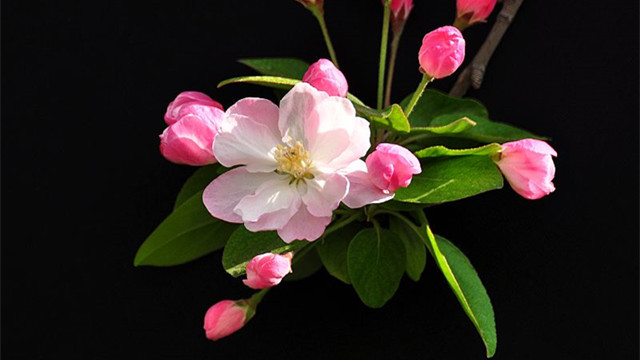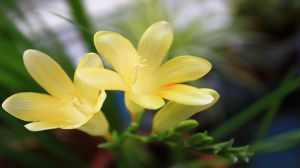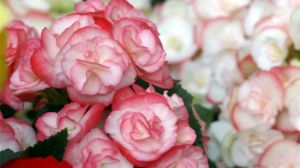Culture method of crabapple flower

I. Soil
If you want to cultivate crabapple flowers, you should choose soil suitable for its growth. It is best to use soil with loose soil and strong drainage. Family potted plants can be mixed with moldy soil, peat soil and river sand.
II. Watering
Begonia flowers are more drought-tolerant, there can be no excess water in the pot soil, usually as long as the soil is slightly moist on the line. The soil should not be too dry, its roots can not breathe easily dry coke phenomenon, serious water shortage will lead to plant death. Spring can be watered once every 3-5 days, summer 1-2 days, autumn 4-6 days, winter can be extended to irrigate once every half month.
III. Illumination
Begonia flower needs plenty of sunlight for normal growth, and if the light time is too short, it will affect its normal growth. Summer high temperature and hot weather, need to shade it to reduce the temperature, avoid strong sunlight, winter can give it enough sunlight.
IV. Fertilization
Begonia flowers in autumn will appear leaves fall phenomenon, then more fertilizer, preferably more phosphorus and potassium fertilizer. When flower buds are formed in spring, fully decomposed organic liquid fertilizer should be applied to them, and the fertilizer concentration can be appropriately increased during the vigorous growth period.
V. Trimming branches and leaves
Begonia flowers in the leaves before germination, to be properly pruned once, dead branches, sick branches are pruned off, for the growth of too long branches to be truncated.
- Prev

When do orchids blossom?
There are many varieties of orchids, and different kinds of orchids will bloom at different times. For example, Chunlan blossoms from January to March, Mulan blossoms from December to February, Jianlan blossoms from May to October, and Huilan blossoms from March to May. In addition, the specific flowering time is also related to the region, different climate, their flowering time will be slightly different.
- Next

Culture methods of crabapple flowers in four seasons
Soil: crabapple flowers of the four seasons are suitable for growing in soft, thick, breathable sandy soil. Temperature: the optimum growth temperature is 15-25 ℃. When breeding, the temperature should be kept within this range as far as possible. Lighting: it likes to grow in an environment with enough light and can't keep it in the dark for a long time. Moisture: need to keep the basin soil moist.
Related
- What if the leaves of potted flowers turn yellow?
- Florescence Control of several Flowers
- Anti-freezing technology and post-freezing nursing technology of flowers
- What is the classification of flowers? What are the common methods of flower classification?
- Prevention and control of alkali and acid damage of flowers in courtyard
- Technology of Anti-freezing and restoring growth of Flower seedlings in greenhouse and greenhouse
- How does flower fertilization not hurt the root? Fertilization technology of flowers
- Key points of disinfection in flower greenhouse
- Several pesticides that are banned or used cautiously in flowers
- How to fertilize the flowers that watch the leaves?

